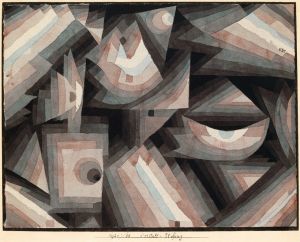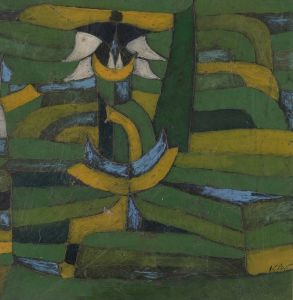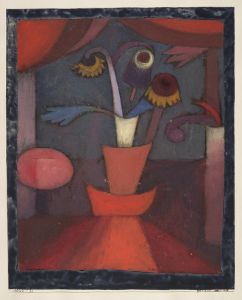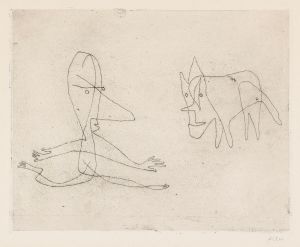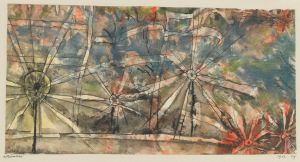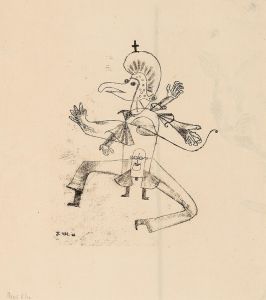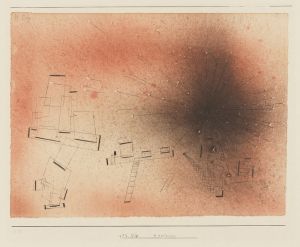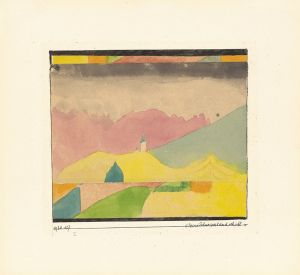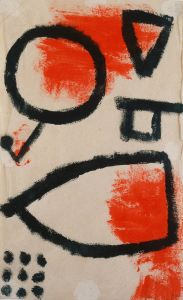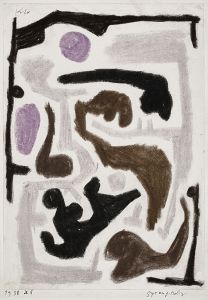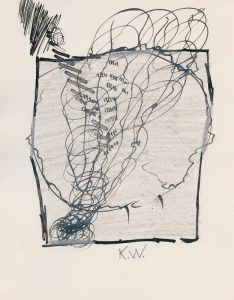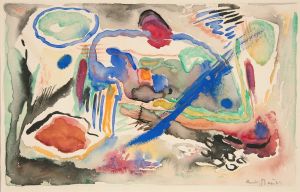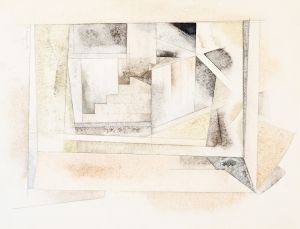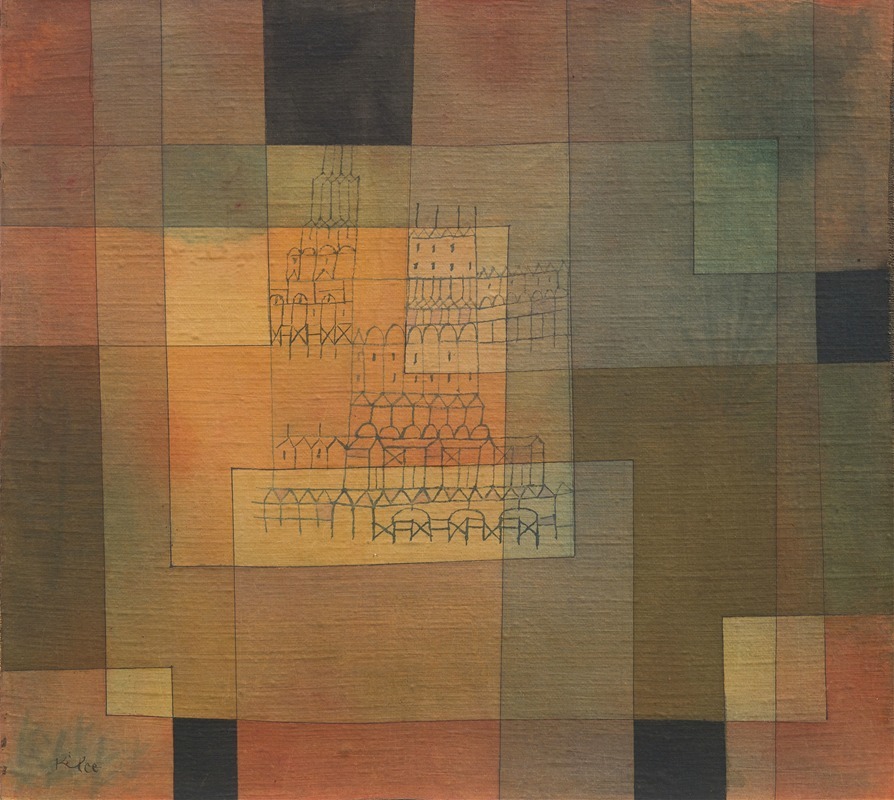
Polyphonic Architecture
A hand-painted replica of Paul Klee’s masterpiece Polyphonic Architecture, meticulously crafted by professional artists to capture the true essence of the original. Each piece is created with museum-quality canvas and rare mineral pigments, carefully painted by experienced artists with delicate brushstrokes and rich, layered colors to perfectly recreate the texture of the original artwork. Unlike machine-printed reproductions, this hand-painted version brings the painting to life, infused with the artist’s emotions and skill in every stroke. Whether for personal collection or home decoration, it instantly elevates the artistic atmosphere of any space.
Paul Klee, a Swiss-born artist, is renowned for his unique style that combines elements of expressionism, cubism, and surrealism. One of his notable works is "Polyphonic Architecture," which exemplifies his innovative approach to art and his interest in the intersection of music and visual art. Klee was deeply influenced by his experiences as a musician, and this influence is evident in the rhythmic and harmonic qualities of his paintings.
"Polyphonic Architecture" was created during a period when Klee was teaching at the Bauhaus, a revolutionary art school in Germany that emphasized the integration of art, craft, and technology. The Bauhaus was a hub for avant-garde artists and thinkers, and Klee was a significant figure within this community. His work during this time often explored the relationship between color and form, and "Polyphonic Architecture" is a prime example of this exploration.
The painting is characterized by its geometric shapes and vibrant colors, which are arranged in a way that suggests a musical composition. Klee often used the term "polyphonic" to describe his work, drawing a parallel between the multiple voices in a musical composition and the multiple elements in his paintings. In "Polyphonic Architecture," the interplay of shapes and colors creates a sense of movement and rhythm, much like a piece of music.
Klee's use of color in this painting is particularly noteworthy. He employed a technique known as "divisionism," where colors are applied in small, distinct dots or patches that blend optically. This technique enhances the vibrancy of the colors and adds to the dynamic quality of the composition. The colors in "Polyphonic Architecture" range from warm reds and yellows to cool blues and greens, creating a harmonious yet complex visual experience.
The title "Polyphonic Architecture" itself suggests a fusion of music and structure, reflecting Klee's belief that art should transcend traditional boundaries. He saw architecture as a metaphor for the structure of a painting, with each element playing a specific role in the overall composition. This idea is evident in the way the shapes in the painting are carefully arranged to create a balanced yet dynamic composition.
Klee's work, including "Polyphonic Architecture," has had a lasting impact on modern art. His innovative use of color and form, as well as his ability to convey complex ideas through simple shapes and lines, has influenced countless artists. Klee's paintings continue to be celebrated for their ability to evoke emotion and provoke thought, and "Polyphonic Architecture" is a testament to his genius as an artist.
Today, Paul Klee's works are held in major collections around the world, and "Polyphonic Architecture" is studied for its artistic and historical significance. Klee's legacy as a pioneer of modern art endures, and his exploration of the connections between music and visual art remains a subject of interest for art historians and enthusiasts alike.





